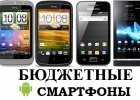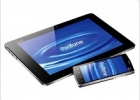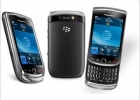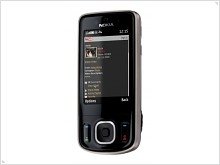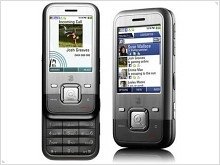- Mobiado Classic Line Review
-
2008-12-02 00:00:00
In this review we are going to talk about Mobiado Classic Line collection cell phones: Luminoso, Stealth and Lucido. Engineering and technical aspects will be frequently touched upon and will represent the most important part of the review because materials Mobiado uses in their phones always deserve a lot of attention being the strongest point of the company. Actually all Mobiado phones can be called masterpieces and resemble jewelry – so precisely engineered they are. And their clear-cut shape and solidity of body make them inimitable in their beauty. There is a very simple way to completely realize the power of combination of the refined design and a great engineer’s idea together with valuable materials – you should just imagine for a second that Mobiado cell phones are not for a museum collection but for the hands and pockets of their owners that use them day by day… Appearance The entire Classic Line family is presented by bar cell phones with rounded upper and lower sides. The manufacturer did not try to hide screws and made them contribute to the design of the phones. The stainless steel screws and especially their size tell us about the strength of the material the body of devices is made of. We are talking about
- Mobiado Classic Line Review






